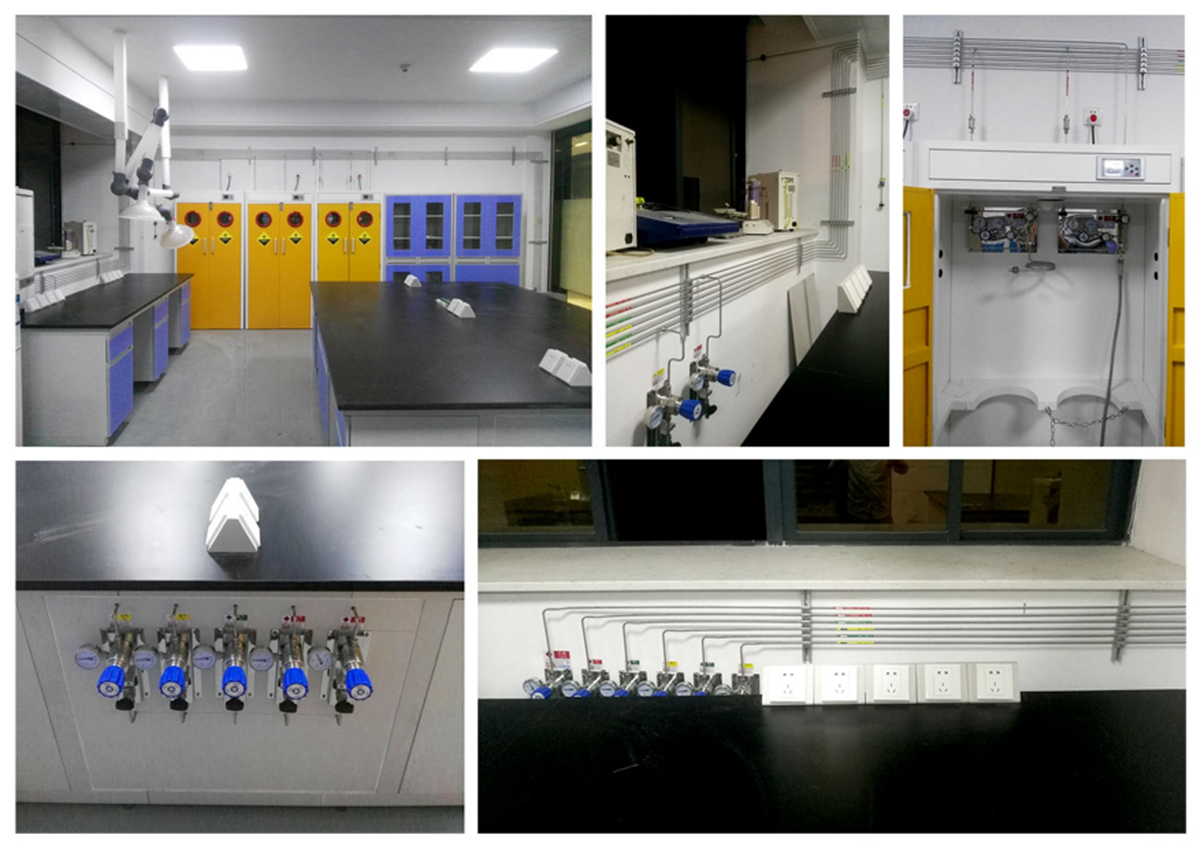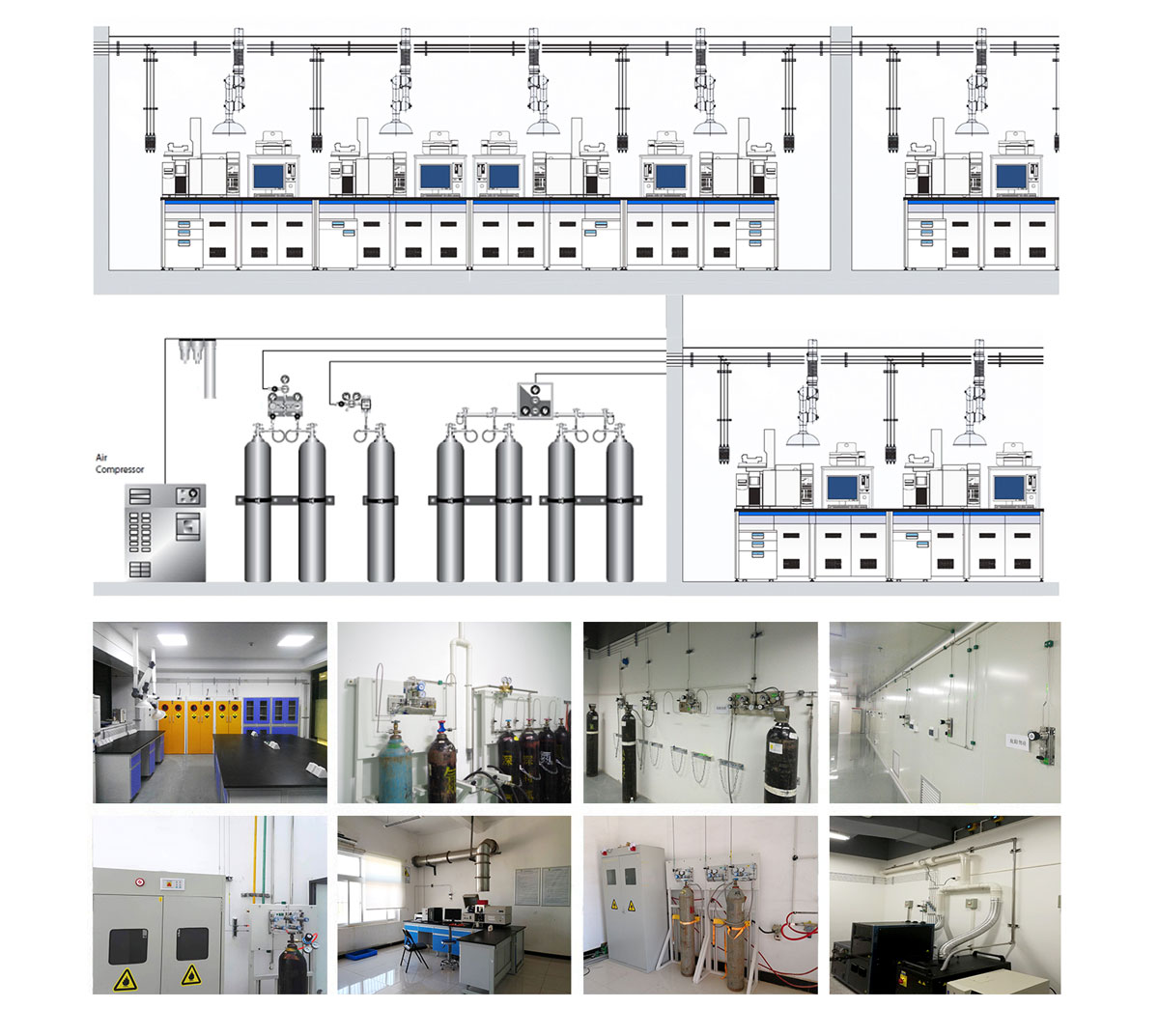Solenoid valve is an industrial equipment controlled by electromagnetic, and it is an automatic basic component used to control fluid. It belongs to actuator and is not limited to hydraulic and pneumatic. Used in industrial control systems to adjust the direction, flow, speed and other parameters of the medium. The solenoid valve can be matched with different circuits to achieve the desired control, and the control accuracy and flexibility can be guaranteed. There are many kinds of solenoid valves. Different solenoid valves play a role in different positions of the control system. The most commonly used ones are check valves, safety valves, directional control valves, speed control valves, etc.
working principle
There is a closed cavity in the solenoid valve, with through holes in different positions, each hole is connected to a different oil pipe, the middle of the cavity is a piston, and the two sides are two electromagnets. At the same time, by controlling the movement of the valve body to open or close different oil discharge holes, and the oil inlet hole is normally open, the hydraulic oil will enter different oil discharge pipes, and then the piston of the oil cylinder is pushed by the pressure of the oil, and the piston is again Drive the piston rod, and the piston rod drives the mechanical device. In this way, the mechanical movement is controlled by controlling the current on and off of the electromagnet.

main classification
Direct acting solenoid valve
Principle: When energized, the electromagnetic coil generates electromagnetic force to lift the closing member from the valve seat, and the valve opens; when the power is off, the electromagnetic force disappears, the spring presses the closing member on the valve seat, and the valve closes.
Features: It can work normally in vacuum, negative pressure and zero pressure, but the diameter generally does not exceed 25mm.
Step-by-step direct-acting solenoid valve
Principle: It is a combination of direct action and pilot type. When there is no pressure difference between the inlet and the outlet, after the power is turned on, the electromagnetic force directly lifts the pilot valve and the main valve closing member upwards in turn, and the valve opens. When the inlet and outlet reach the starting pressure difference, after the power is turned on, the electromagnetic force pilots the small valve, the pressure in the lower chamber of the main valve rises, and the pressure in the upper chamber drops, so that the main valve is pushed up by the pressure difference; when the power is off, the pilot valve uses a spring The force or medium pressure pushes the closing member, moving downward, causing the valve to close.
Features: It can also act safely under zero pressure difference or vacuum and high pressure, but the power is large and must be installed horizontally.

Pilot operated solenoid valve
Principle: When the power is turned on, the electromagnetic force opens the pilot hole, the pressure in the upper chamber drops rapidly, and a pressure difference between the upper and lower sides is formed around the closing member, and the fluid pressure pushes the closing member to move upward, and the valve opens; When the hole is closed, the inlet pressure passes through the bypass hole to quickly form a pressure difference between the lower and upper parts around the valve closing member, and the fluid pressure pushes the closing member to move down to close the valve.
Features: The upper limit of the fluid pressure range is high, which can be installed arbitrarily (need to be customized) but must meet the fluid pressure differential conditions.
2. The solenoid valve is divided into six sub-categories from the difference in valve structure and material and the difference in principle: direct-acting diaphragm structure, step-by-step direct-acting diaphragm structure, pilot diaphragm structure, direct-acting piston structure, Step-by-step direct-acting piston structure and pilot piston structure.
3. Solenoid valves are classified by function: water solenoid valve, steam solenoid valve, refrigeration solenoid valve, low temperature solenoid valve, gas solenoid valve, fire solenoid valve, ammonia solenoid valve, gas solenoid valve, liquid solenoid valve, micro solenoid valve, Pulse solenoid valve, hydraulic solenoid valve normally open solenoid valve, oil solenoid valve, DC solenoid valve, high pressure solenoid valve, explosion-proof solenoid valve, etc.
Post time: Sep-24-2022